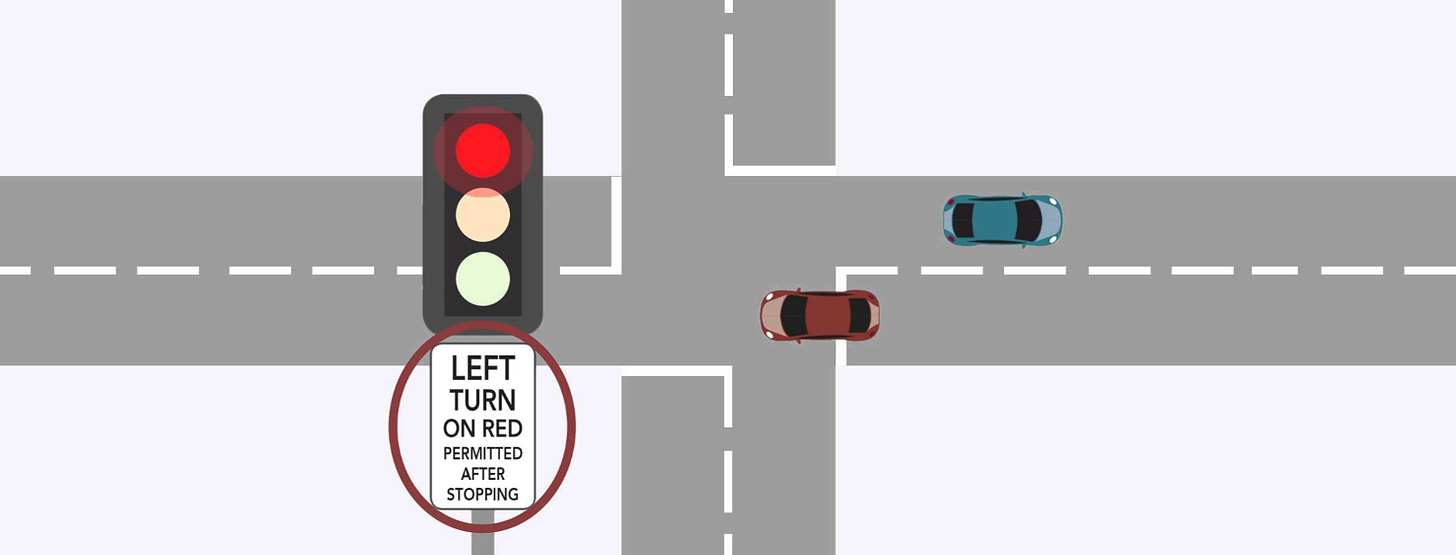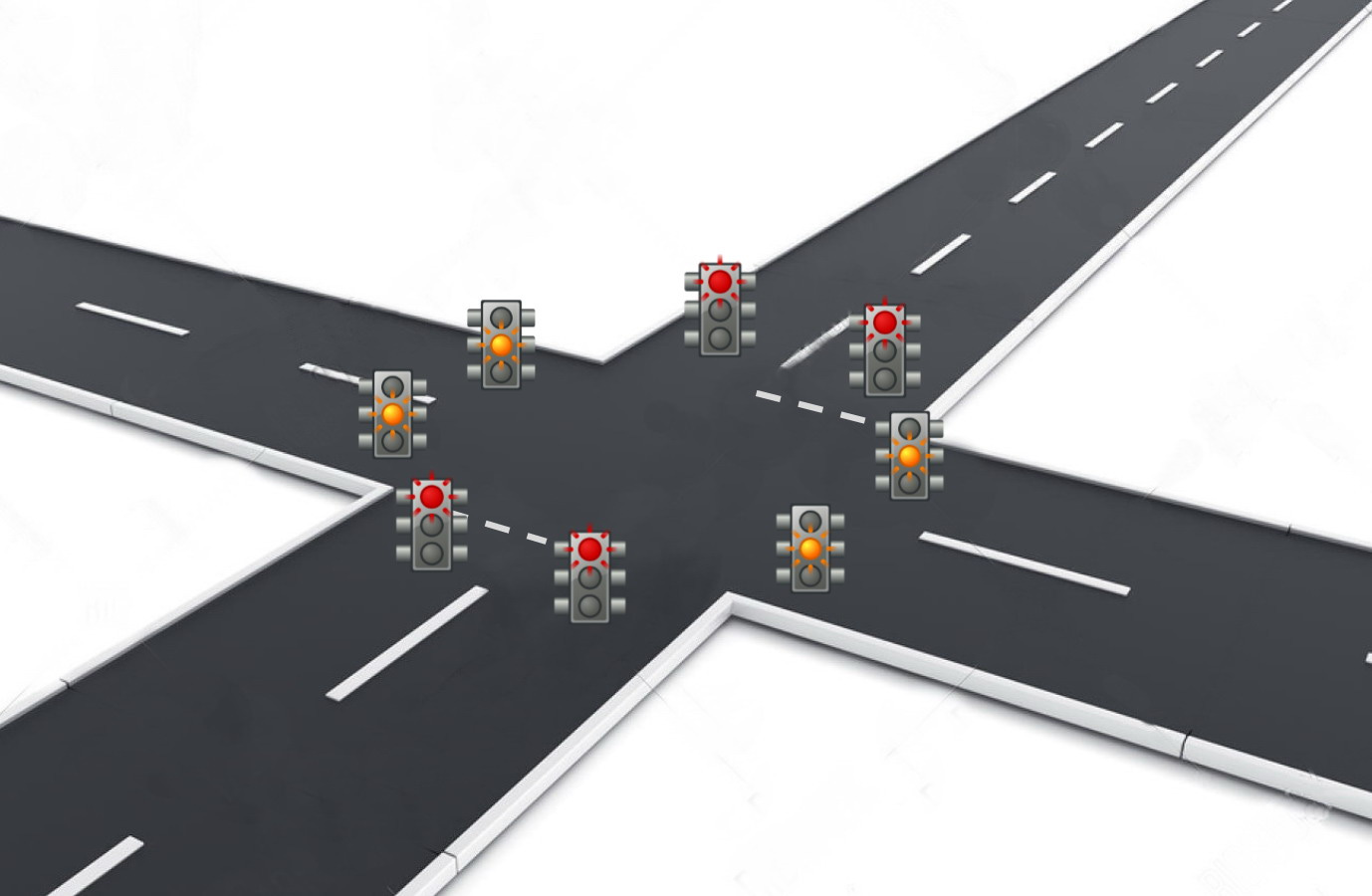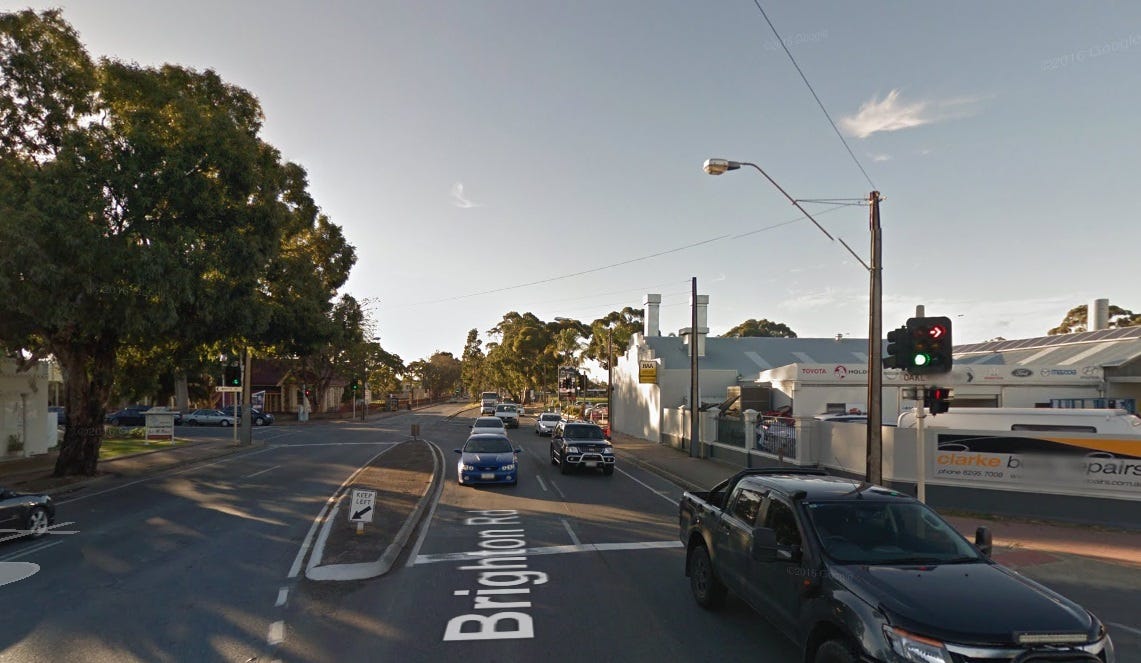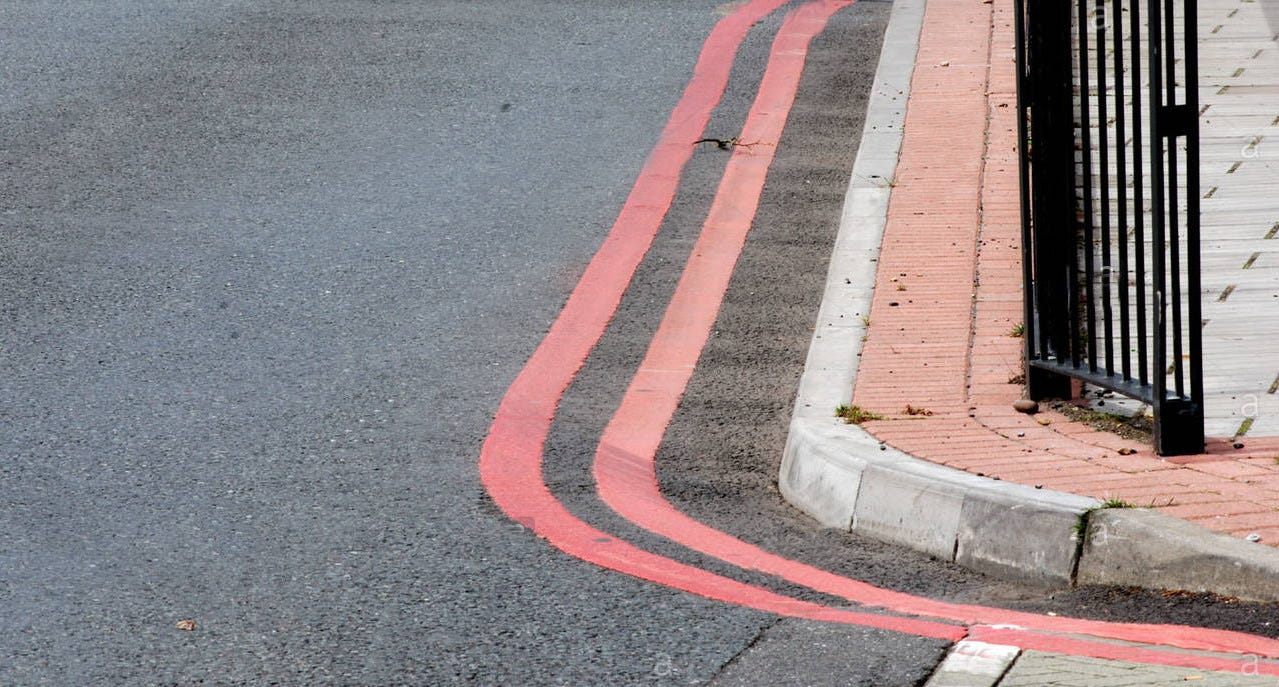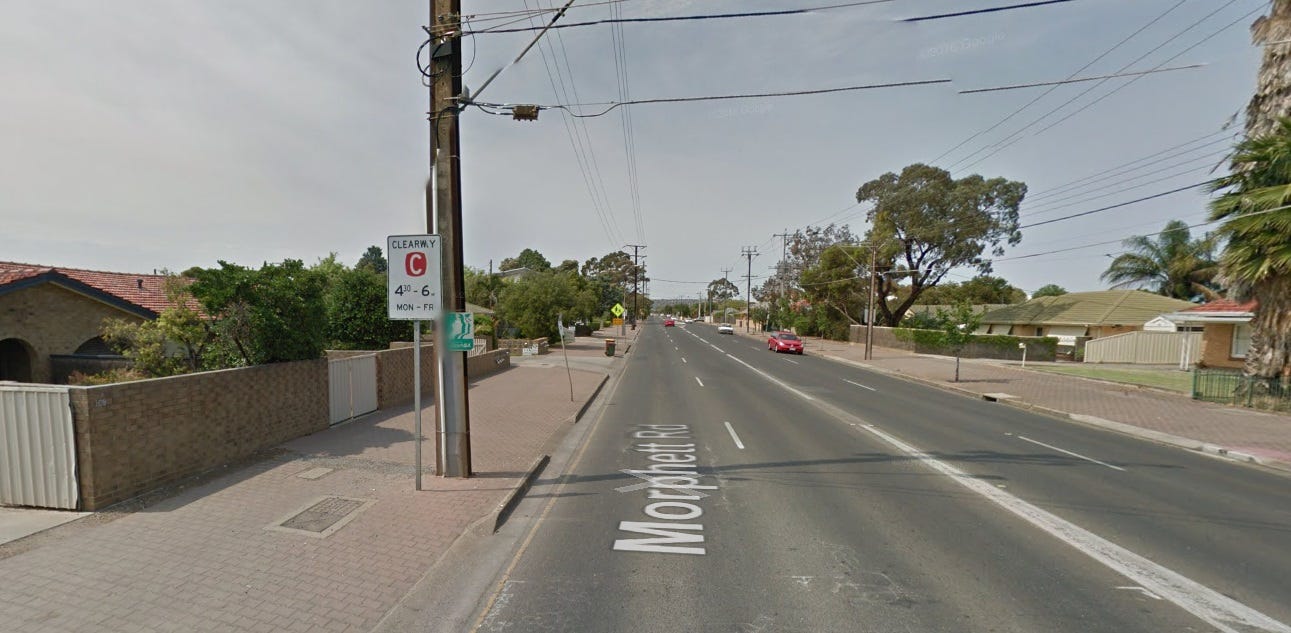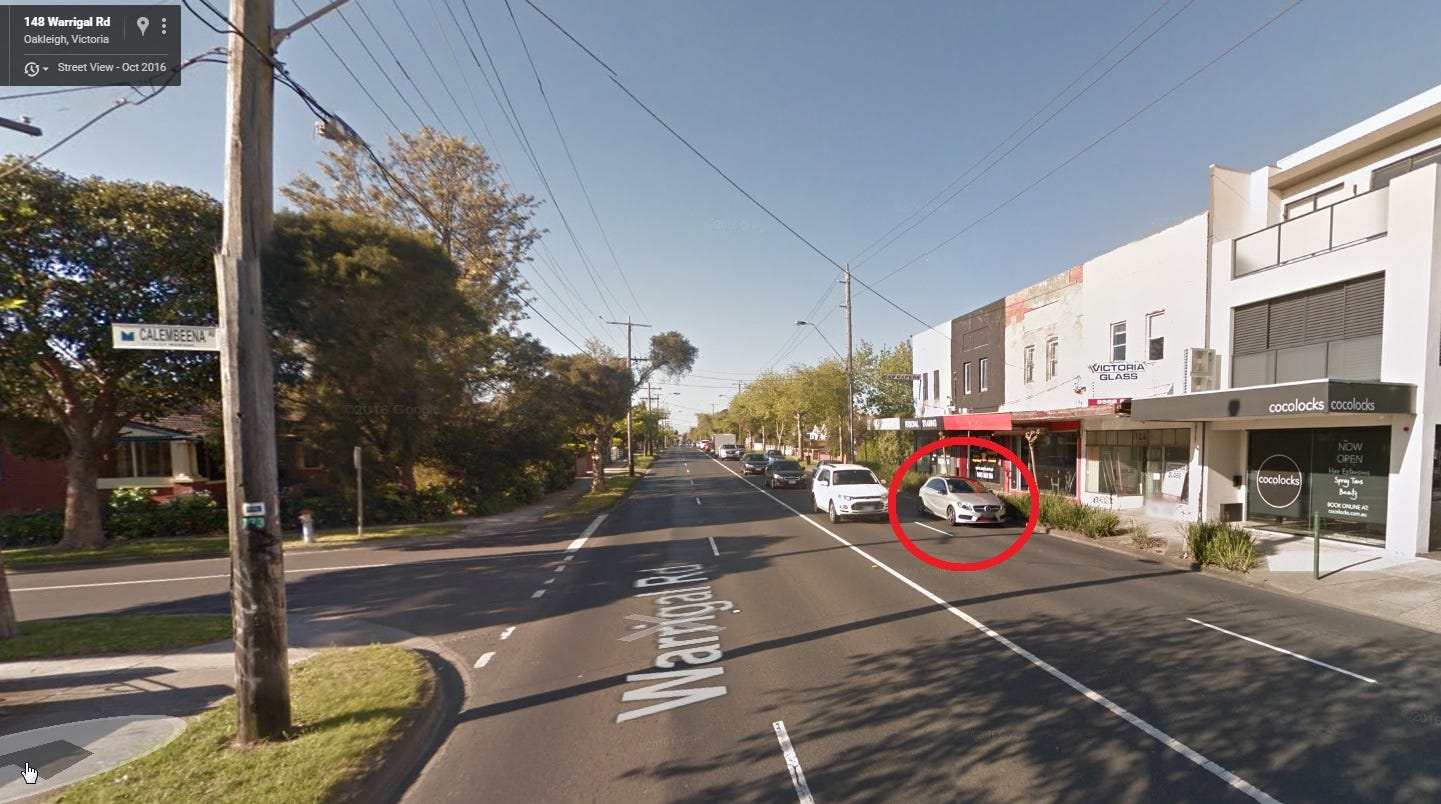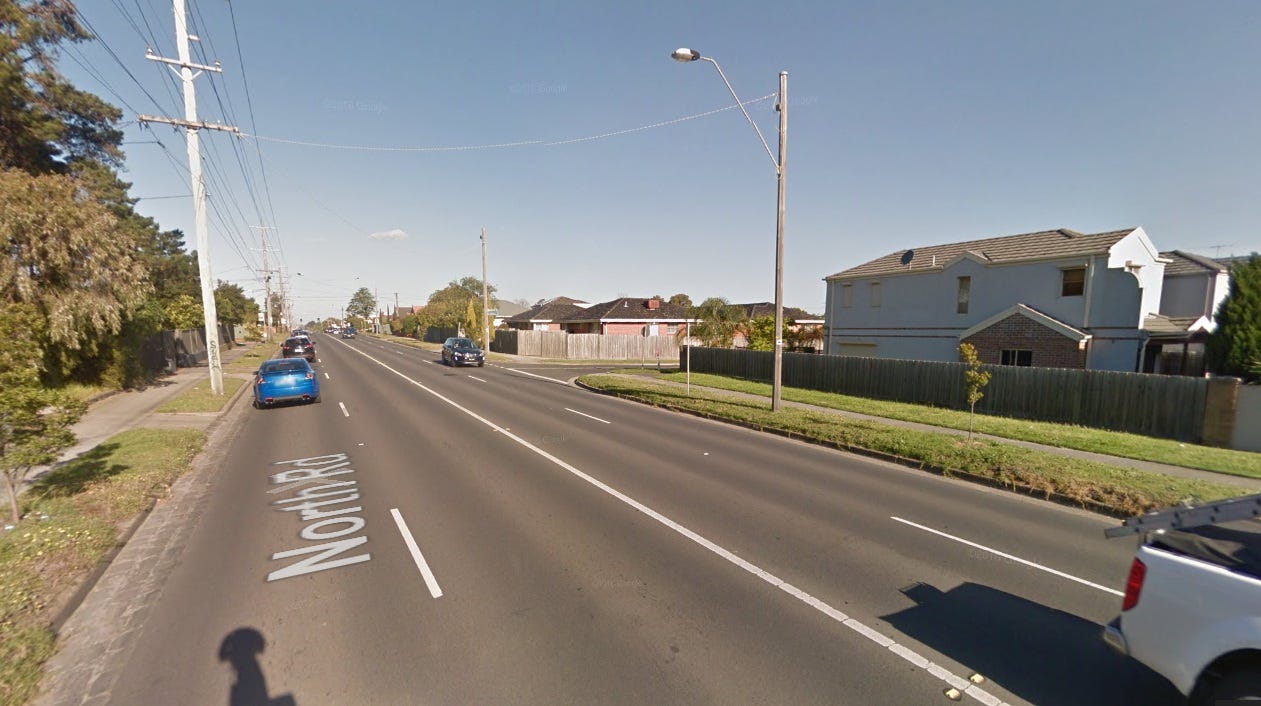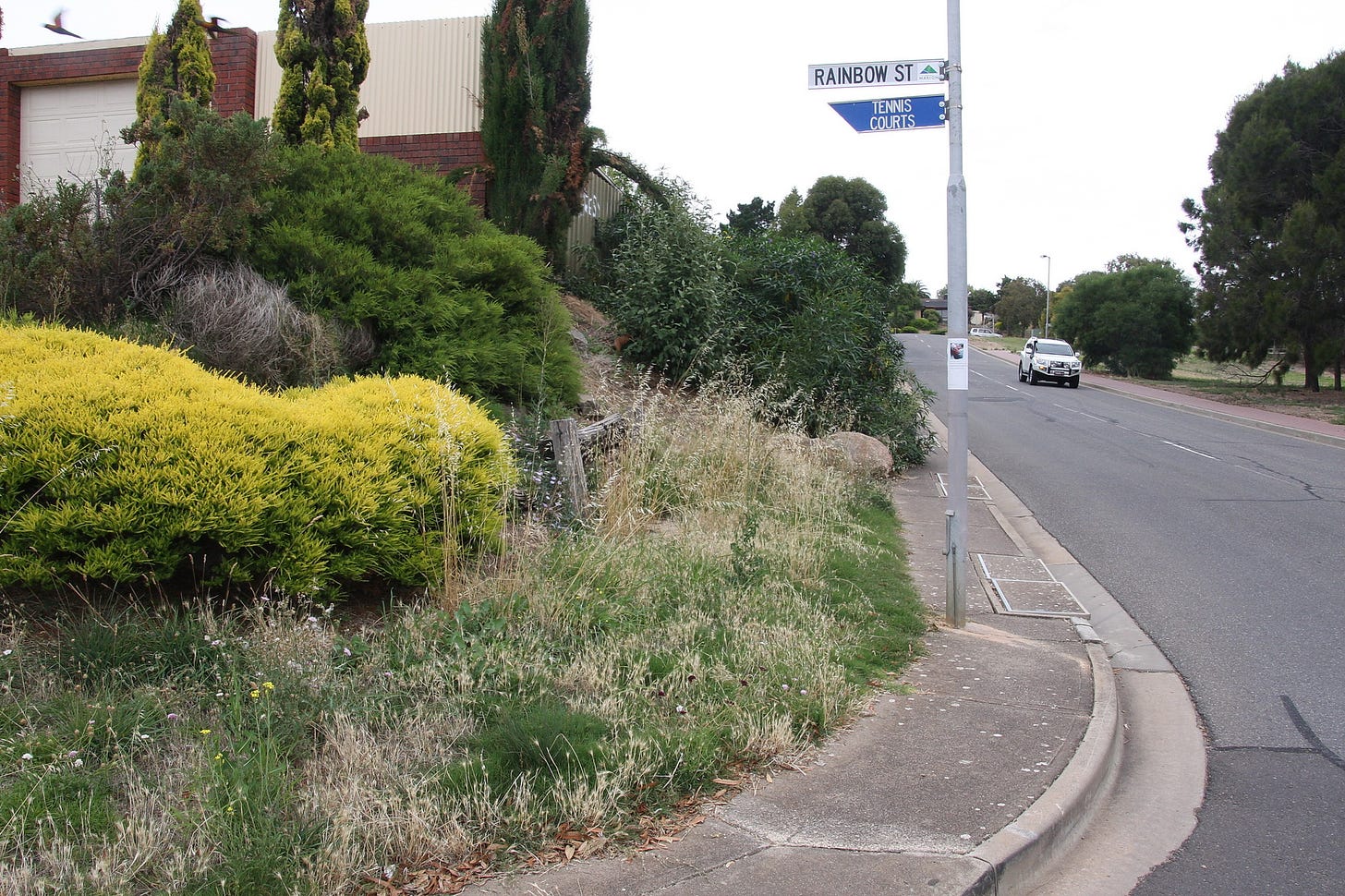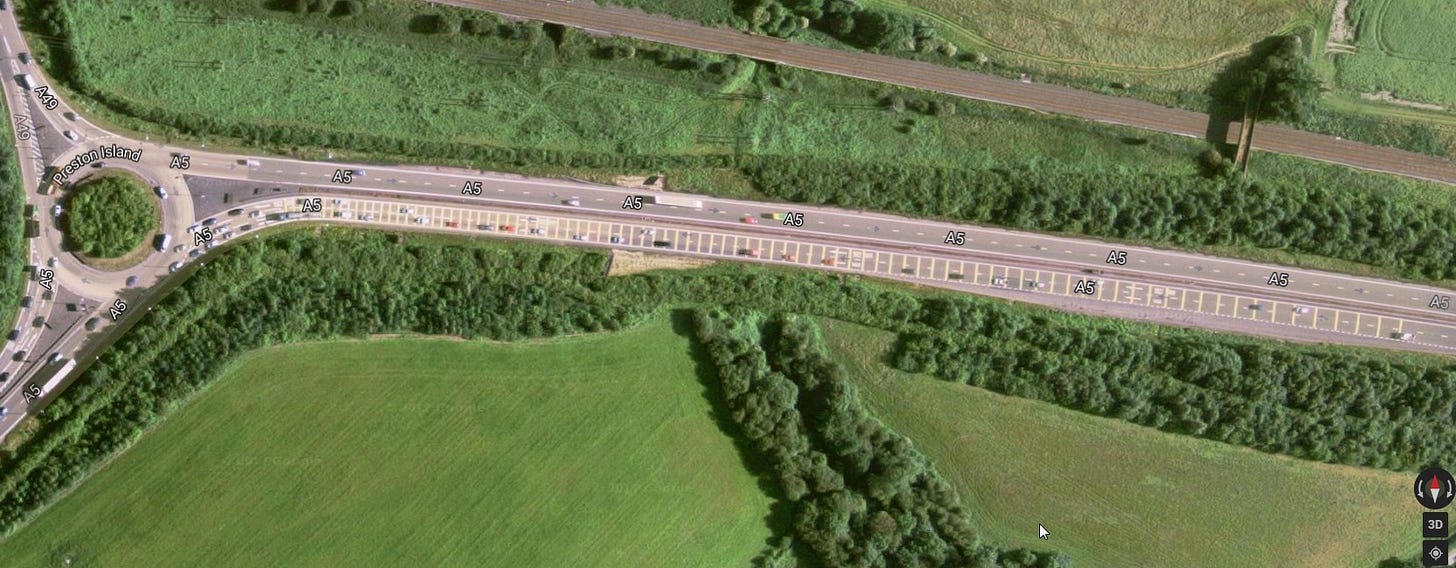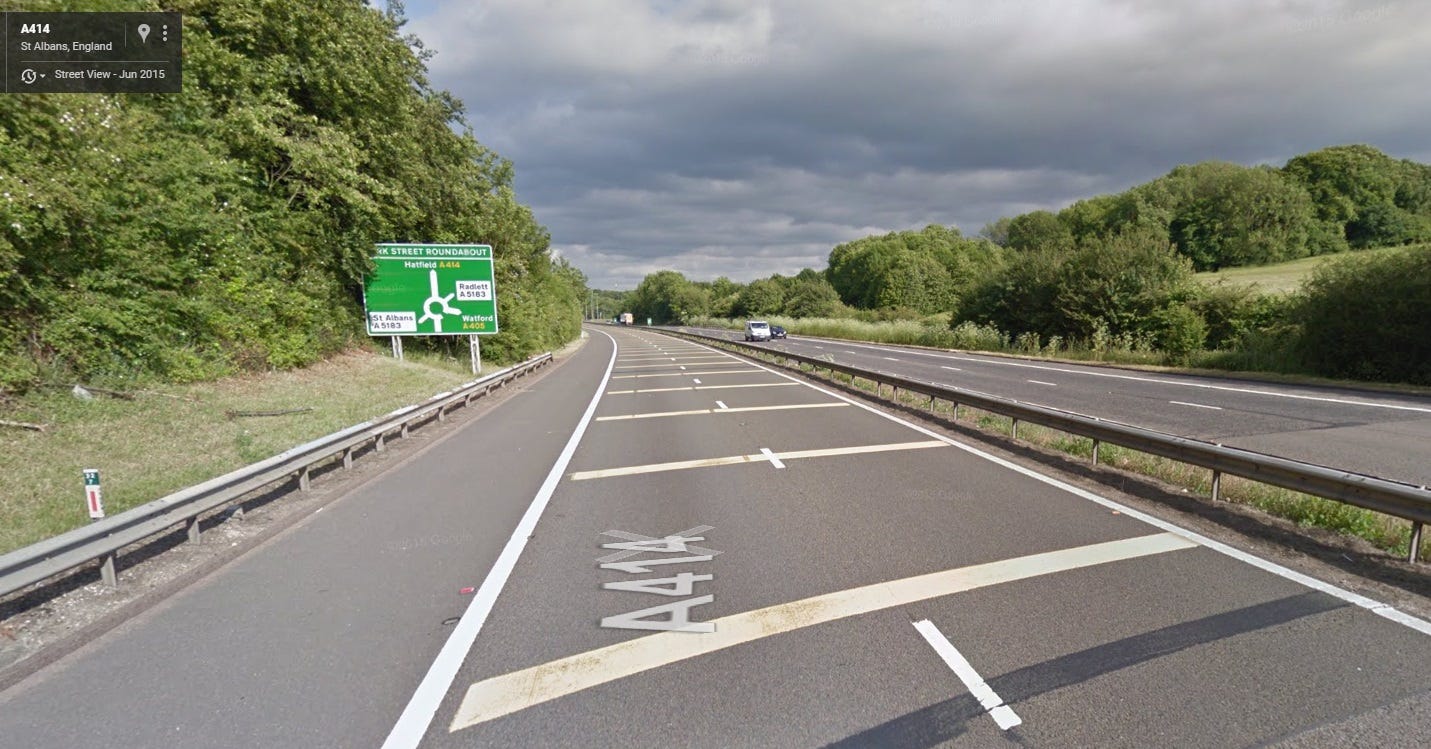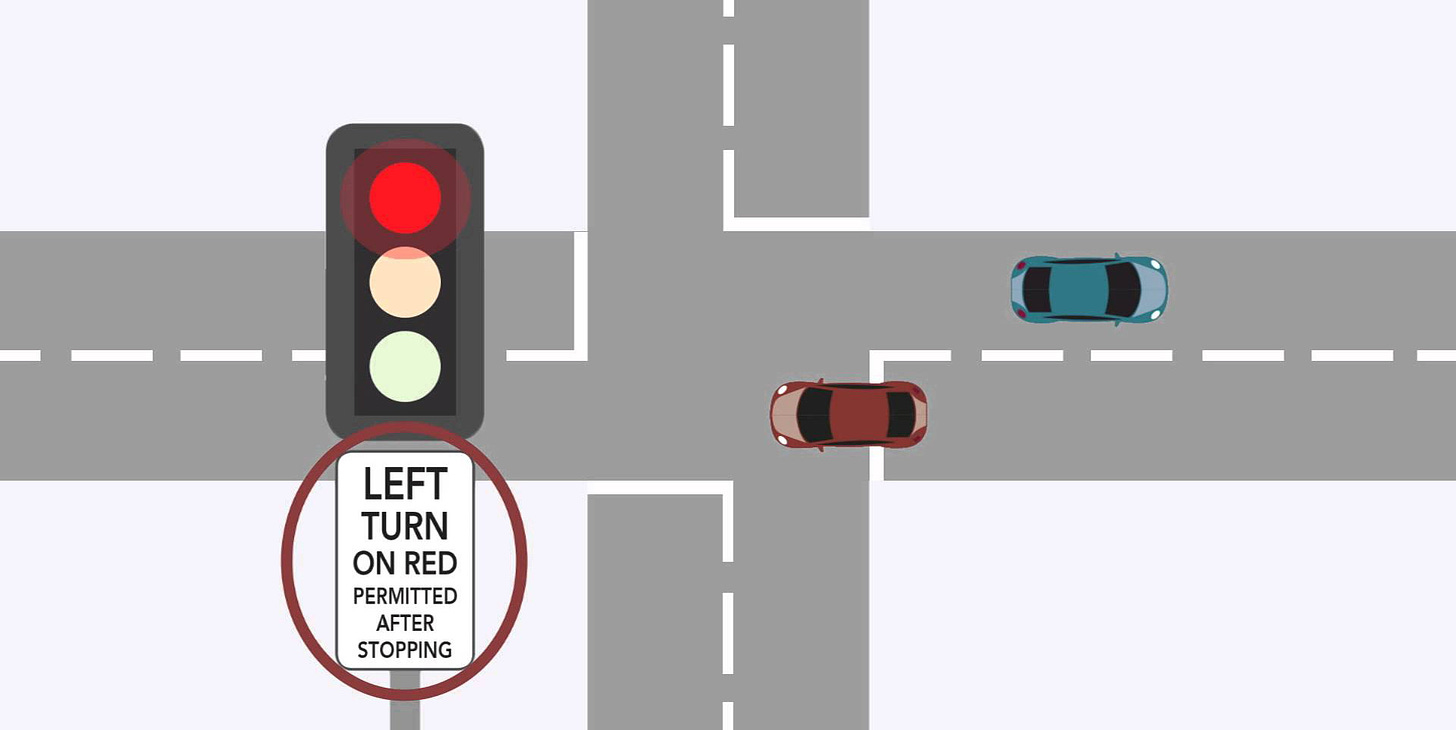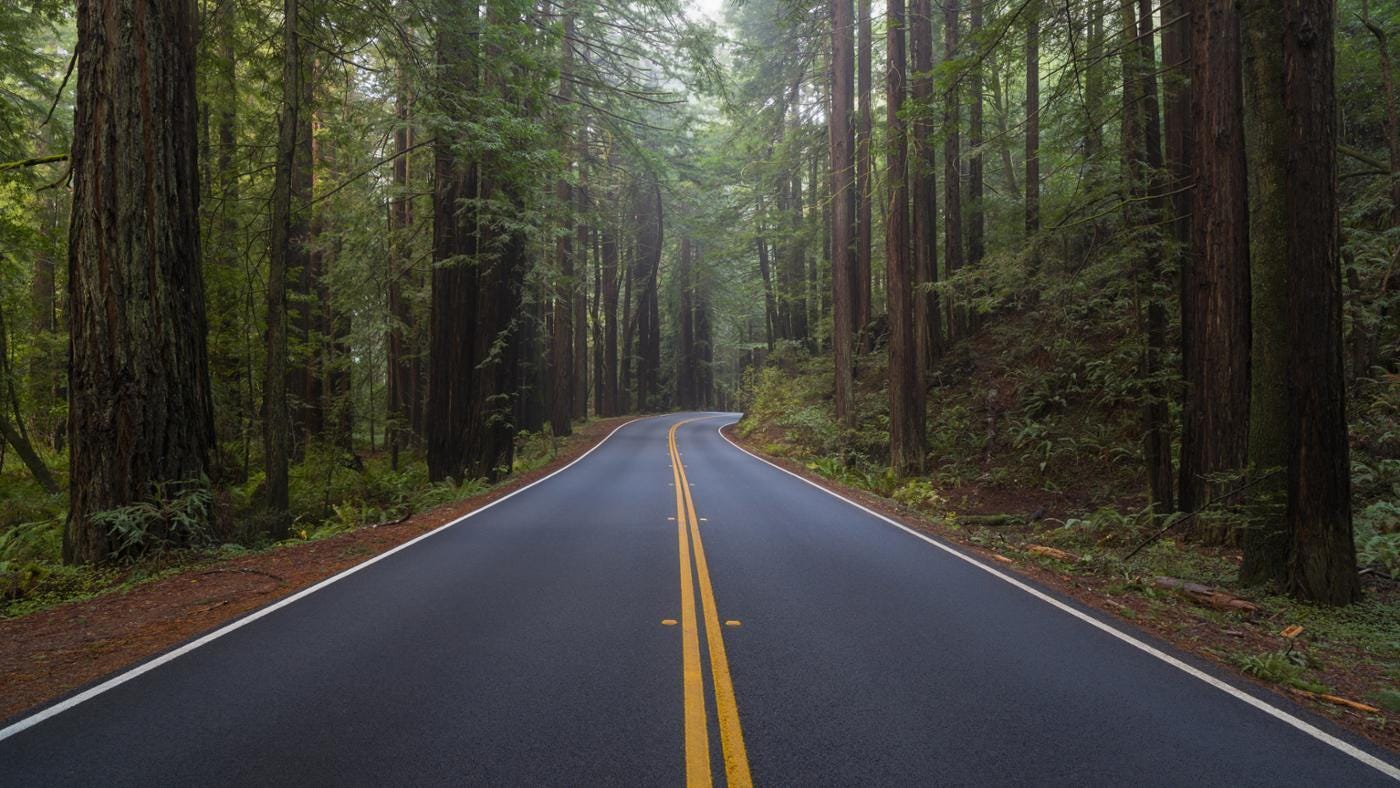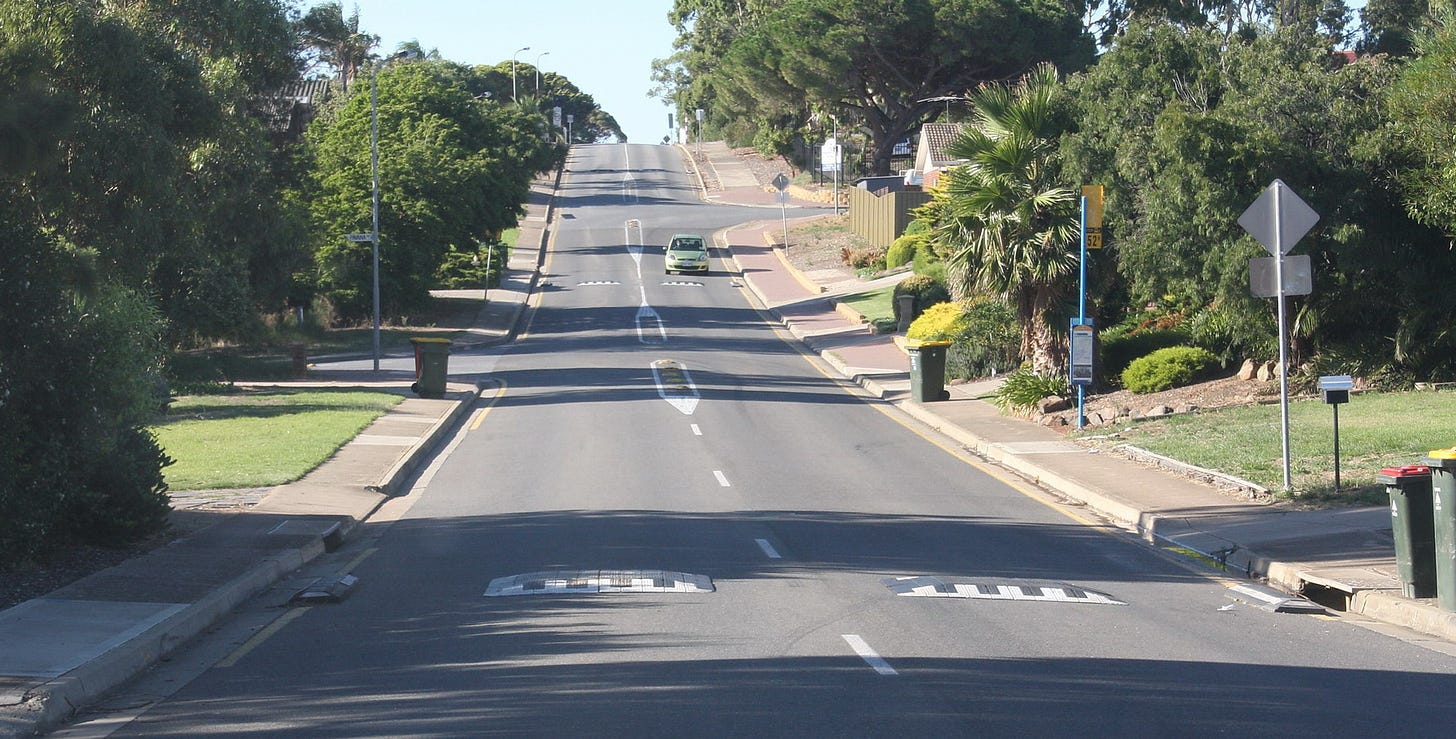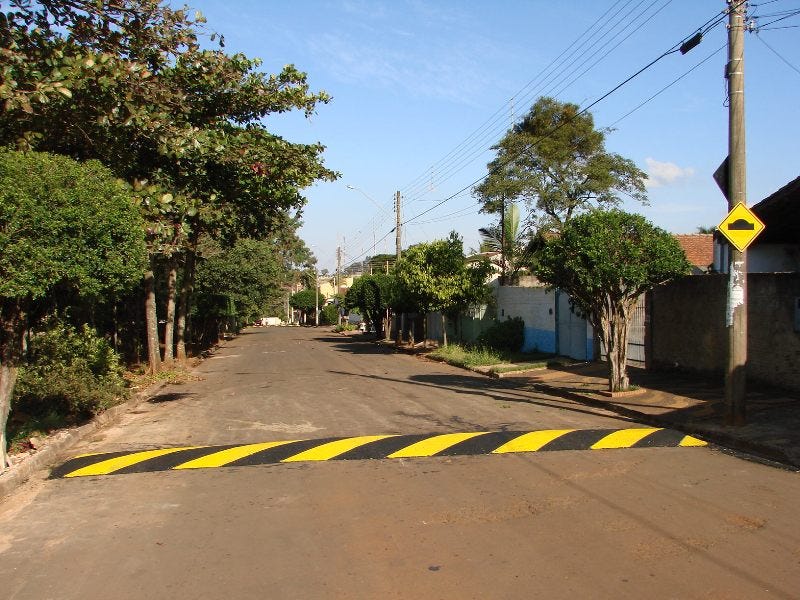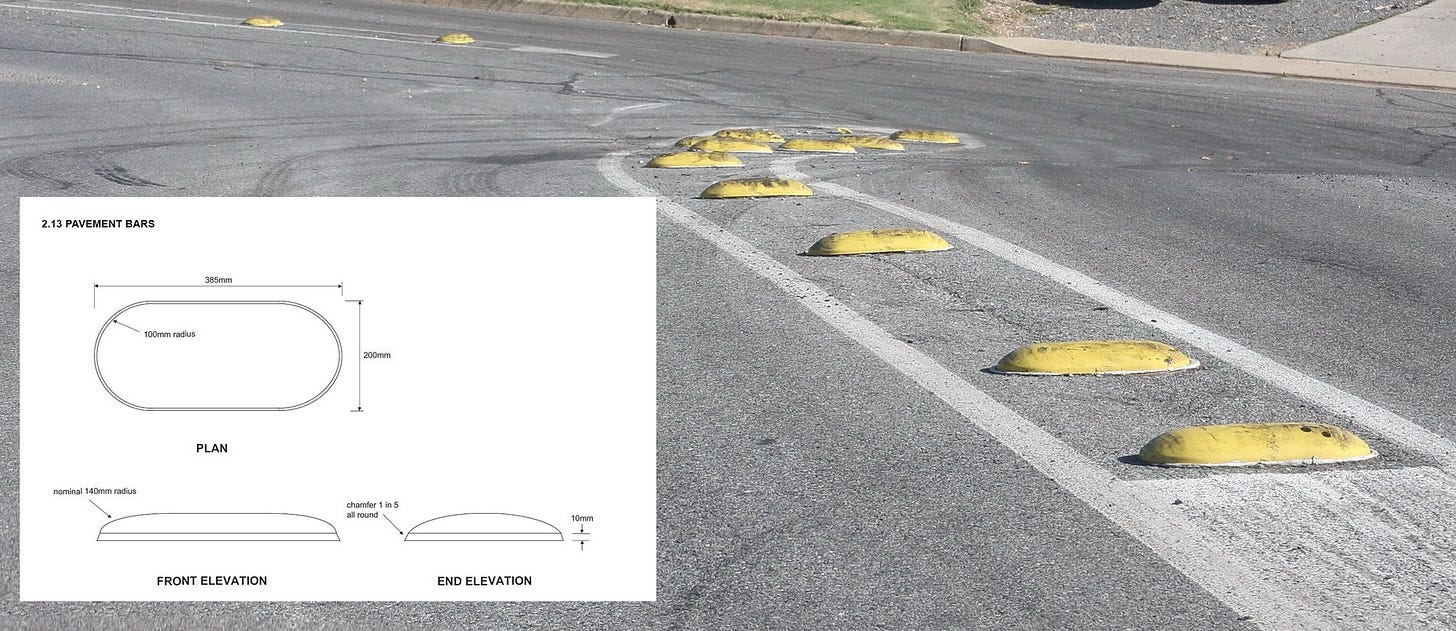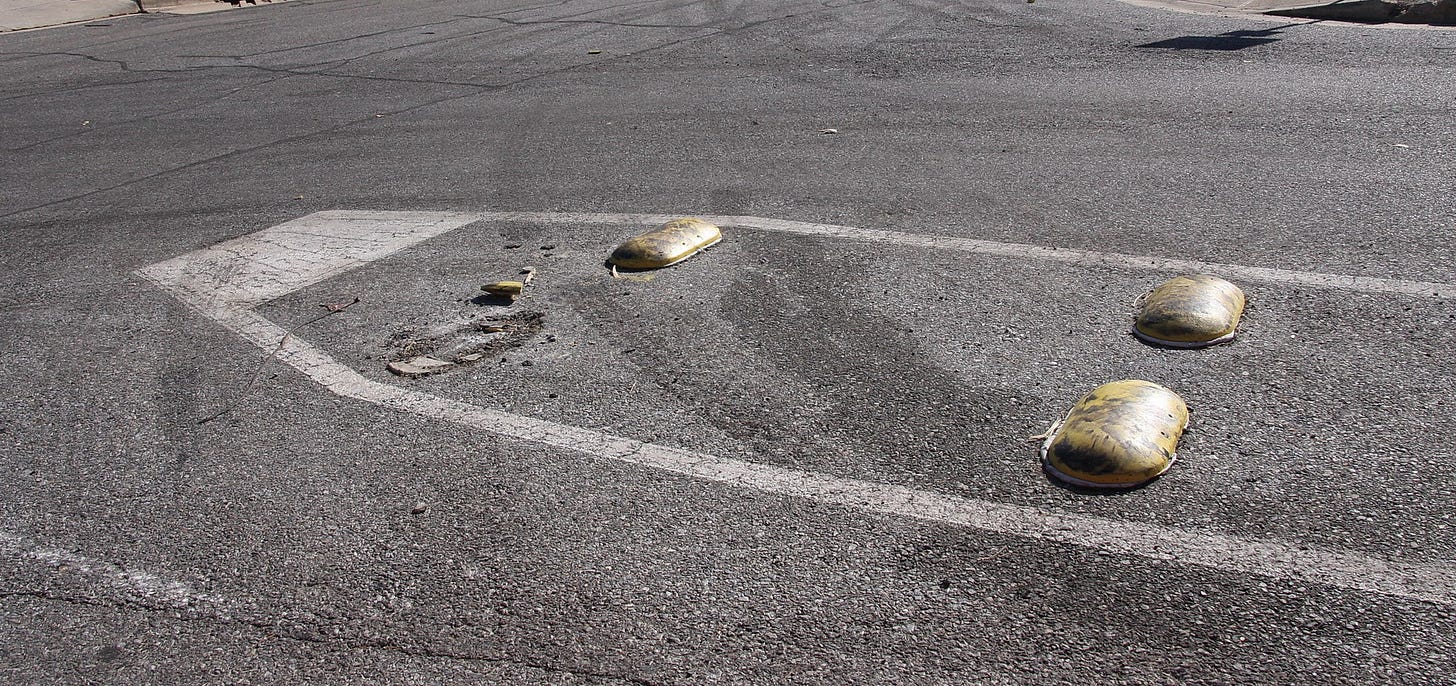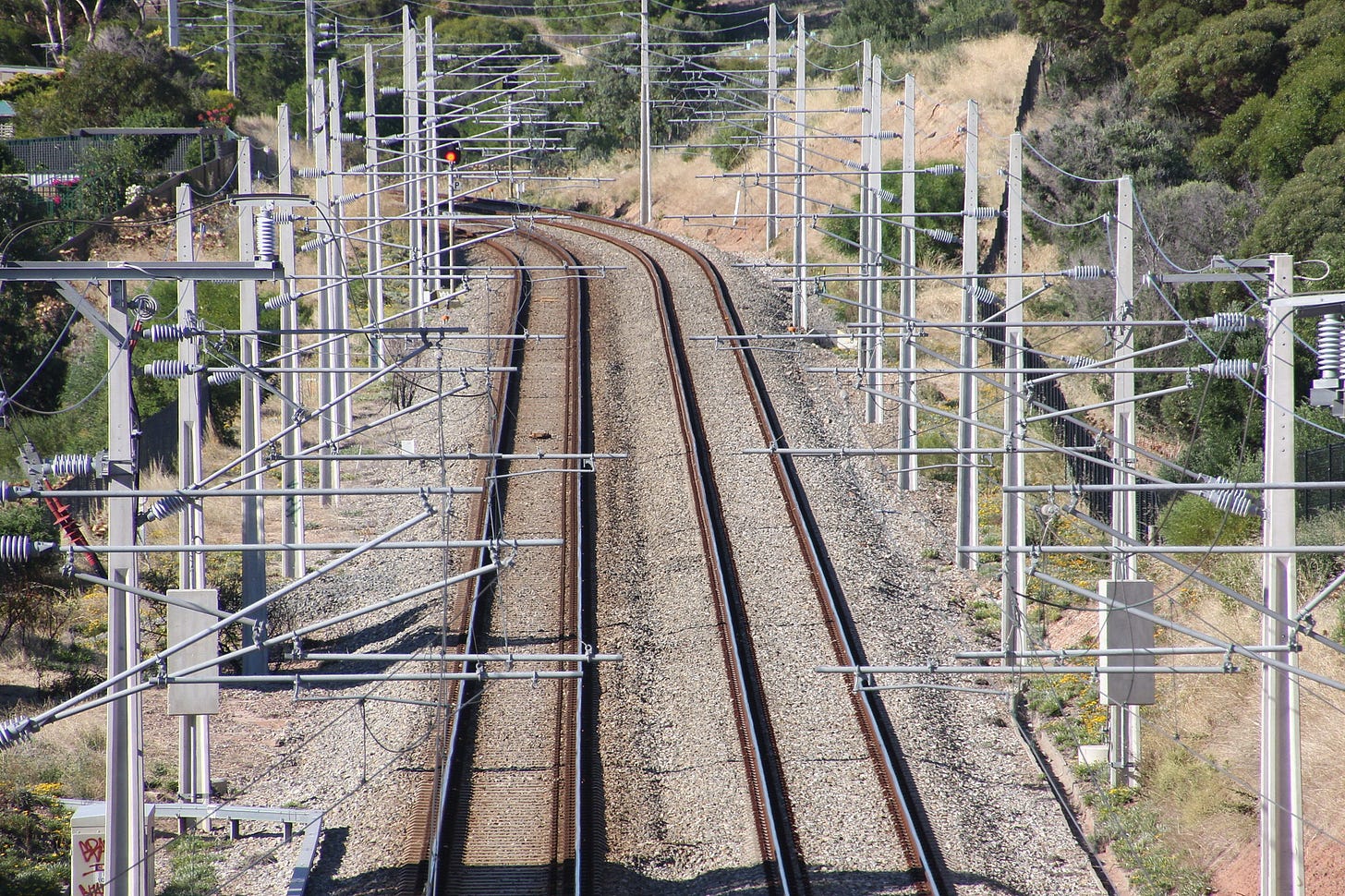10 Ways to Make Australian Roads a More Pleasurable Experience
Or ten really annoying things about Australian roads which should be addressed!
Having lived in the United States and the UK and now living in Australia; how I yearn the day we can bring the best elements of traffic control together to make our roads in Australia a better environment to drive on. I’ve compiled a list based on my personal experiences of some of the annoyances or bugbears that currently plague our road networks. Australia has an interesting mix of European and North American-style rules and signage; however, there are a variety of features which our roads could benefit if they were introduced. Implementing new road traffic measures are lengthy and protracted; understandable given the important task of educating drivers of the new measures. However, some of the below bugbears could be tackled with relative ease while others may need considerable re-thinking on our road design.
Bugbear #1: Waiting for Lights To Turn Green In The Wee Hours Of The Morning
A common frustration of drivers is to have to wait for a red light at times of very little traffic particularly during late nights and early mornings. In many towns and cities across the United States, many streets and roads have traffic lights which change behaviour to flashing amber and red during times of sparse traffic, most notably during the very late and early hours of the day. The road with priority has the flashing amber (to warn motorists to pay attention) which allows drivers to cross through without stopping and the road which gives way or yields has the flashing red light which acts as a ‘Stop’ sign. Interestingly, a trial was put in place in Portsmouth in the UK during 2011 whereby a similar scheme (not quite as safe) was introduced except rather than having the flashing amber and red, it had a flashing amber and green light. It never gained much traction being under scrutiny by the AA (Automobile Association) and other road safety committees. Not all roads could benefit from such a scheme due to high perpetual traffic flow; however, a great many could.
Bugbear #2: Overuse of Red (and Green) Arrow Lights
Every day during my mainly traffic-free early-morning drive to work in Adelaide, I approach an intersection in which I need to turn right. Despite no traffic coming the other way for a considerable distance, there is a green light for me to go straight on; however, there is a red arrow light disallowing me to turn right. I have seen drivers take the gamble and turn right; however, the penalties of being caught keep me brazenly affixed on the red arrow waiting for it to disappear. Red arrows should only be used for exceptional circumstances, for example, in very busy traffic or in locations where visibility is restricted to see oncoming traffic. A road intersection with a higher speed limit (80km+) on a brow of a hill is a good example of a need to use a red arrow. Green arrows are more commonly required to aid drivers turning right at busy intersections; however, during off-peak times, use of green arrows are just not necessary and simply lengthens the traffic light cycle time. Red and green arrows should be enabled only under necessary circumstances.
There are certain circumstances where a red arrow may be justified; for example, during very busy periods or staggered junctions like the one below; however, I see no reason for the red arrow during times of low traffic.
Bugbear #3: Losing Lanes on a Busy Road Due to Parked Vehicles
We’ve all been there. Just how close can we get to that parked car overhanging the lane without swiping off the wing mirror? The UK introduced red routes on busy arterial roads in cities and large towns to improve traffic flow by disallowing motorists to stop unless, of course, it is an emergency, held stationary in traffic or for a public bus making an official stop. Red routes are denoted by a continuous red stripe near the kerb therefore not relying on often-obscured or hard-to-find clearway signposts.
Yes, it did generate quite a bit of contention during its introduction, particularly by street-side shop vendors relying on the occasional motorist to stop and make a purchase. However, the benefit was realised when traffic flows improved measurably the day they were implemented. Clearways are common in the busier of Australian thoroughfares; however, many of them are only applicable during a couple of hours in the morning and a couple of hours in the late afternoon to cater for rush hours.
Below is a photo of a ‘part-time’ Clearway in Adelaide.
However, so many of these roads are busy at ALL times of the day. On so many occasions, I have ventured on a busy road with two lanes going the same direction only to find that traffic is being disrupted by vehicles being forced to merge from the left lane into the next lane to circumnavigate a parked vehicle. Busy roads with insufficient space to parallel-park cars should be made into clearways at all times. The picture below (taken in Adelaide) is a very common occurrence in which bike lanes are too narrow and parked cars overhang the left lane causing disruption to both motorists and cyclists. Interestingly, you are allowed to park in a bike lane as long as there are no ‘No Parking’ signs or if the cycle lane is inactive(?) to indicate otherwise.
The next picture shows a section of Warrigal Road (a fairly major north-south arterial route) in Melbourne which is generally choc-a-bloc full of traffic all day long. Why this is not a clearway at all times is vexing.
Bugbear #4: Losing the Right-Hand Lane Due to Vehicles Waiting to Turn Right
New road design has made a reasonable effort to avoid creating roads like the one below in which you have the classic case of four lanes (two each direction) with no physical separation between the flow of traffic and not enough space to safely parallel-park your car. This is North Road, a major east-west arterial route in southeast Melbourne. The picture shows the road at its quietest; however, during peak periods, traffic comes to a standstill continuously due to the proliferation of parked cars in the left lane and motorists waiting in the right-hand lane to turn right.
These roads are dangerous insofar drivers are expected to weave from lane to lane to avoid vehicles holding up traffic to turn right into a side road or a property, or when vehicles are parked on spaces along the kerb which are too narrow thus extending into the left lane of the road. Unfortunately, many old arterial roads like these exist especially in busy suburban pockets. The option to widen the road is generally not practical and the option to reduce the road to one lane and creating a central median area with dedicated ‘turn-right’ lanes would simply add to the bottleneck of traffic. However, in situations like these, busy arterial roads should adopt all-day clearways and introduce a hard kerb in the middle of the road to prevent vehicles from making right-hand turns. Alternatively, change the road rules to disallow motorists from crossing a solid white line unless it is an emergency.
Bugbear #5: Where’s the Other Half of the Street Sign?
This one’s almost comical. Not having a GPS to hand, I was driving down a largish road through a suburban neighbourhood. I did have a street atlas and I managed to identify all the minor roads coming off the street I was on, but not mine! This is because every single corner street sign gave only the name of the minor road cross road but not mine. Why so many Australian street name signs do not have the courtesy to provide names for both streets was puzzling so I decided to look up the road code which, amazingly, stated that it is sufficient enough to display only the name of the minor road coming off the major. Those street signs which proudly sport both names must have been an optional extra! Anyway, after driving up far enough to cross a road more major than the one I was on, I did manage to find a street name sign for the road I was travelling on! For whom it may concern, may we have the other half of the road sign please?
Bugbear #6: Reliance on Speed Cameras to Slow Traffic Down
This is my personal favourite and does not involve revenue-generating speed cameras or vehicle-damaging speed bumps. Very rare in Australia but very common on UK roads, an exceptionally simple but ingenious system of painting yellow or white transverse lines across the road in ever-decreasing intervals is markedly effective in reducing speed by making your speed appear to go faster prompting the driver to adjust to the illusion by decreasing his own speed. In the UK, these are known as yellow bar marks. Below is an approach to a roundabout near St Albans I used to frequent on a daily basis.
As an experiment, I had my car on cruise-control through a section of yellow bar marks and found it very uncomfortable not to press the brake pedal! There are other design features for roads which slow down traffic through psychological means. This is an extremely effective and maintenance-free way to prompt drivers to slow down.
Bugbear #7: Not Being Allowed to Turn Left at a Red Light
In the United States and Canada (except New York City), drivers may turn right on a red light provided they stop completely, give way to all traffic and pedestrians, and only when safe to do so unless a road sign indicates otherwise.
In a 2015 article by the Brisbane Courier Mail, I read an article that no more ‘left turn on red light’ intersections would be rolled out in Brisbane. I’m unsure why we haven’t adopted this approach on a widespread basis either in Australia or in Europe. To ‘fill in’ empty road gaps by allowing motorists to turn left on a red light if safe to do so seems logical with respect to using the roads more efficiently.
Bugbear #8: Occasional Confusion of Determining Which Line In the Road Denotes Traffic in Opposite Directions
Ok. It does not happen often; however, there was an occasion in which I ventured down the wrong direction of the road in the UK. The road appeared to be a four-lane road separated by a wide strip of land. It so happened that it comprised of two totally separate two-lane roads separated by a strip of land looking remarkably like a median. In most cases, it is obvious which direction the lane is going but there are the occasional tricky areas. In North America, this potential ambiguity is eliminated by using yellow rather than white paint to denote traffic going in opposite directions. Seems inherently sensible.
Bugbear #9: Over- and Inappropriate-Use of Speed Bumps and Pavement Bars
I am not a fan of speed bumps although I understand the need to implement measures of speed control on some road sections. Let us first look at the speed bump (or the affectionate British term of the Sleeping Policeman). There are speed bumps which are moderately effective and there are speed bumps which are clearly not. Effective speed bumps can be found like the road above. They do, indeed, slow traffic down; however, they are fairly shallow in profile and not prone to damaging your vehicle at reasonable speeds. The gaps on either side and in the middle are not only intended for drainage but have been designed for vehicles with wider axles to pass through unhindered; for example, ambulances and fire engines. However, many owners of larger cars and all (sane) motorcyclists will take advantage of the gaps!
The problem arises when you have speed bumps of a short and sharp profile which, for many vehicles, requires almost coming to a complete halt without incurring some damage. What this only does is prod the driver in accelerating and decelerating quickly between bumps; no doubt, an irritant for those who live on the street without sufficient sound-proofing. Below is such an example.
Not having personally encountered them anywhere but Australia, is the infamous ‘pavement bar’.
These monstrosities simply have no business on our roads and one can see why considering the amount of damage they can incur to many of our road vehicles, not to mention its potential hazard to unwary motorcyclists. On one occasion, I observed a driver in front of me who, to avoid hitting a swerving cyclist, moved right to add additional space between the car and the cyclist. However, in doing so, the driver’s reflex brought him quickly back to the left nearly ramming the cyclist off the road when one of his tyres inadvertently brushed against the edge of a pavement bars in the middle of the road. Moreover, this happened during the early hours of the morning with no other traffic coming the opposite direction. The intention of pavement bars is, largely, to prevent drivers from swerving into another lane or ‘cutting corners’ particularly at tight intersections. When installed at such a road intersection (usually in suburban neighbourhoods), they simply get trampled on by larger vehicles negotiating a turn resulting in damaged or missing pavement bars like the one shown in the photo below.
Moreover, they do not even have reflective qualities for night driving unlike a cat’s eye stud. Cat’s eyes are often installed between pavement bars but are not as visible as if cat’s eyes were simply used throughout. Cat’s eyes protrude enough from the pavement of the road to alert the driver whilst driving over them. Pavement bars, on the other hand, are not so easily seen at night. Driving over a pavement bar is not a pleasant experience. Let’s stick with protruding cat’s eyes instead.
Bugbear #10: And Now For The Big One… Cyclists on Busy Roads
This warrants a separate article, but I think cycling is a great way to commute and get fit but very few of us do because, to put in simple terms, the roads are too dangerous. In Adelaide, I tried this out for a year or two but during that time, there were three occasions in which I came very close to being knocked down by another vehicle. In each case, this was because I had to swerve past a parked car in the bicycle lane, a perpetual nuisance to cyclists. The biggest problem for cyclists is the lack of dedicated infrastructure and, unfortunately, this does require a considerable degree of planning, inter-departmental cooperation and, of course, expense to implement. Unfortunately, cyclists have no choice much of the time and choose to take the gamble and play Russian roulette with the busy arterial roads. While taking the train from Den Haag to Amsterdam in the Netherlands, I observed a completely-separate cyclist network complete with dedicated signposting which obviated the need for cyclists to share the road with automobiles. Also, I noted cyclist and pedestrian routes across many road and rail bridges which, too my surprise, are still generally not implemented as part of the design for today’s rail bridges. Adelaide, a city noted for its cyclist community, has a fragmented system of cycle routes many of which are forced to share busy roads for a section of its length. Cyclists who commute or just to get from A to B prefer well-graded routes and not steep undulating hills. For example, Adelaide has a reasonable railway network some of which traverses over hilly ground in the southern areas. Recently, a new bridge was constructed to extend the railway over a river and a wide expanse of marshland. What better way than is to share the perfectly-graded railway network with cycling/pedestrian routes including the new bridge? This sort of planning is just not happening and I find it a source of frustration when we are constantly reminded to use our vehicles less.
The below photo shows a section of railway line in my neighbourhood between Hallett Cove and Hallett Cove Beach station in southern Adelaide. It is separated by one mile of very well-graded track (see photo below). However, by road or by foot, it is a meandering 1.5 miles up and down steep roads. I might as well take the car!




